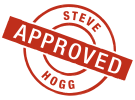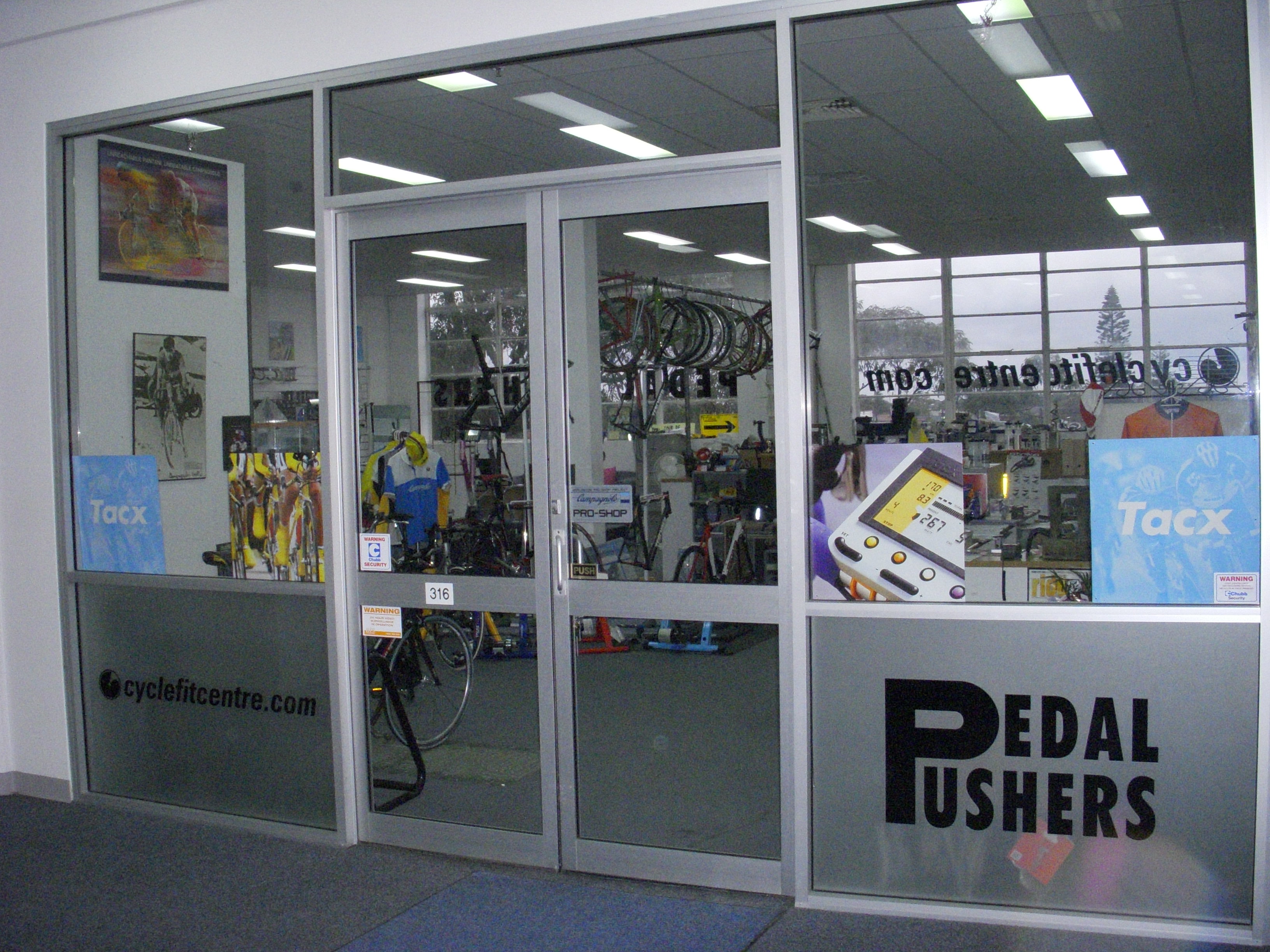First off, just as a caveat, I’ve only been riding seriously for a year and and a half. So, my body is still adapting to a regular cycling schedule. (Also, I apologize in advance for the length,)
I had been researching a new saddle since the one I was a riding, a Specialized Romin Evo Gel Comp 143mm, seemed to be a bit firm for my liking. I had ridden that saddle for the last year, and while the overall fit was good, as I had increased my long rides to over 40 miles I found that, regardless of chamois/shorts, the saddle became a bit unbearable towards the end of my rides. I had bloodflow/numbness issues, and pain under my Ischial Tuberosity (specifically my left side, more on this later). I had tried adjusting for the numbness by dropping the nose a bit (I have high lower back/hamstring flexibility, more on this later as well), but I eventually found myself slipping off the front. So, after having found some very helpful information here about cleats and foot alignment a few months earlier (I have a very “toe out” position and require Speedplay Zeroes for their wide range of adjustable float. I also need the pedal extenders in order to get my foot properly under my knee and prevent my inner heel from contacting the pedal arm. And I wouldn’t have had much of an idea about these products if it wasn’t for Steve’s in-depth analysis and suggestions), I returned to review Steve’s advice about saddle fit.
This is when I was reminded of his appreciation for SMP saddles. Having also done some wider research across the web, I decided that the SMP Drakon would be the most likely to work for me. The overall dimensions are very close to that of the Romin, but with just a bit more padding. It also has the classic SMP shape with a greater curve through the middle and the beak-shaped nose. The Romin also has a bit of a curve through the middle and seems to be a middle point between the flat-style race saddles often seen in use by pros and the drastic curve of the SMP. At first, I wasn’t sure if the SMP shape was going to make much of a difference, as I was mostly focused on the additional padding. But I figured that if Steve thought so highly of them, and if I was going to spend the money on a new saddle anyway, I should invest in the high-quality SMP.
What I’ve discovered after having ridden the SMP a few times now, and made adjustments to my setup to account for it (I also recently purchased a 3T Ergonova handlebar, and a 3T stem 10mm longer than my previous one), is that my entire pedal stroke and muscle recruitment has been transformed. As I mentioned before, I have a high level of lower back/hamstring flexibility, sometimes called pelvic flexibility. This means I have a tendency to roll forward with my pelvis and place more weight on my Inferior Pubic Ramus than those with lower flexibility. Also, my bellybutton pushes closer to the top tube and the arch in my lower back is more maintained. What I’ve noticed with the SMP is that it allows my pelvis to roll forward and be supported more than my previous flatter saddle. Part of this is that my setup for the saddle is quite drastic. I have it set so that the middle section of the saddle is nearly flat, which pushes the rear curved section up quite a bit. What I didn’t realize was that having that rear curve support allows me to maintain my pelvis at the optimal angle for my back and hamstrings. Whereas before, I would have to keep pelvis flatter on the old saddle in order to prevent numbness. Though I will say that at first it felt a bit weird to have that rear curve pushed up against my backside.
This has made an enormous difference in how the muscles in my leg work through the pedal stroke. My glutes, hamstrings, and calves are now being used much more than previously. Since my lower back can find it’s natural arch it can better support and align with these rear muscles as they drive through the pedal stroke. This has increased the power of each pedal stroke considerably, since I don’t have to focus as much of my effort through my quads (this also prevents my legs from tiring as quickly). I also used to have tightness through the tendons of each kneecap (patella) after most hard rides. I now know that this was because my hip flexors were pulled tighter from having my pelvis held back (as I have high flexibility through my back and rear leg, I have low flexibility through the front of my pelvis and upper leg). This in turn strained the tendons connecting my patella to the muscles of my thigh and lower leg. This tightness is now almost completely absent after a ride.
Another unforeseen benefit is that the left-right imbalance of my hips has been diminished. For whatever reason, I have always leaned more on my left leg while standing (I imagine a standing leg preference is probably common). This has resulted in a slight effective leg length difference (which I’ve addressed with a 5mm cleat shim on my left cleat) and a tendency for my left hip to rest more rearward and my right hip to rest more forward. This in turn has created a tendency for my pelvis to align in this same manner on the saddle. Thus my left Ischial Tuberosity would take on more weight than my right. What I have found, now that my pelvis can sit more naturally with the SMP, is that my weight is more evenly placed on the saddle. Further, I had previously set the float on my right foot greater than that of my left foot, in order to account for the misalignment of my hips. And my right heel would come in closer to the pedal arm than my left in order to align properly with my right knee. Now, I’ve been able to diminish the float of my right cleat to be nearly equal to that of my left cleat, and my ankle/knee/hip alignment has become much more symmetrical.
So, in closing, I would definitely recommend the SMP’s if you have any similar issues. And a great thanks Steve, as this blog has allowed me to find a functional fit on the bike much quicker than I might have otherwise.
G’day Benjamin,
I’m happy for you that you got a larger than expected benefit from your SMP. Any challenge to our position in space will be met with an asymmetric pattern of compensation and for whatever reason(s) that was what was happening to you with your previous seat. Pelvic angle is a major influence in muscle firing patterns and ability to apply force efficiently and as you’ve found, an SMP allows you to achieve a good pelvic angle without the negatives of doing so on a flatter shaped seat.
Thank you for taking the time to pass on your experience.
Regards,
Steve




Comments (0)